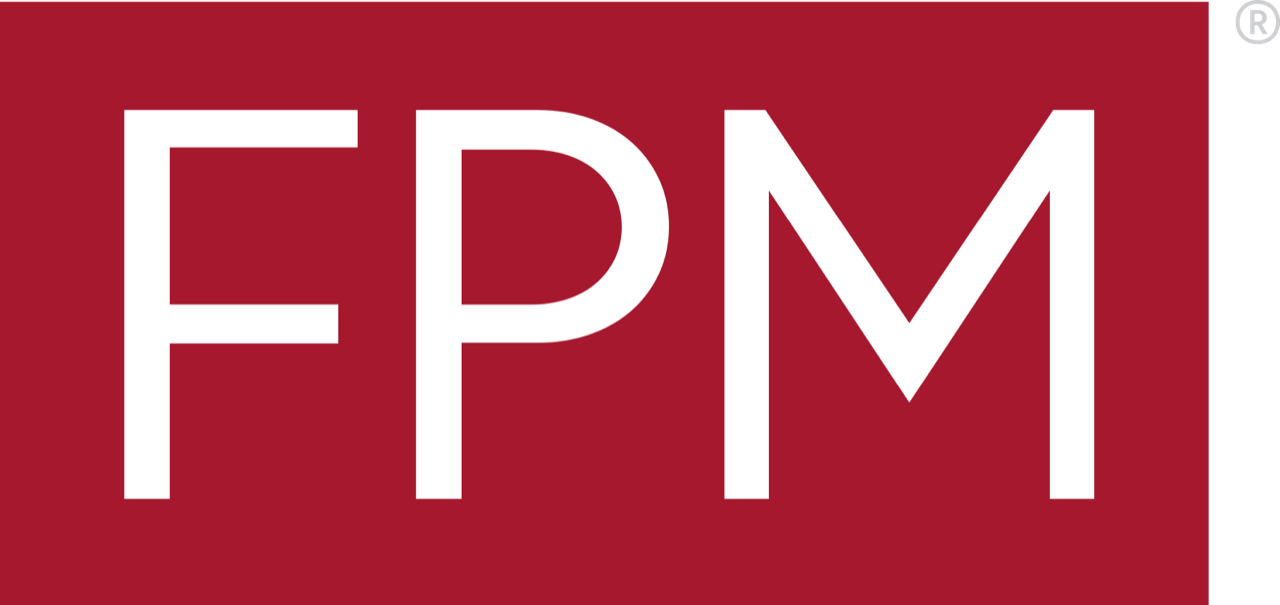
Fam Pract Manag. 2004;11(2):27-28
Preventive & E/M services at a new patient visit
Screening fecal occult
Time-based coding
Desferal injection
Same-day hospital-to-hospital transfer
Replacing a PEG tube
Editor's note: While this department attempts to provide accurate information and useful advice, third-party payers may not accept the coding and documentation recommended. You should refer to the current CPT and ICD-9 manuals and the Documentation Guidelines for Evaluation and Management Services for the most detailed and up-to-date information.
